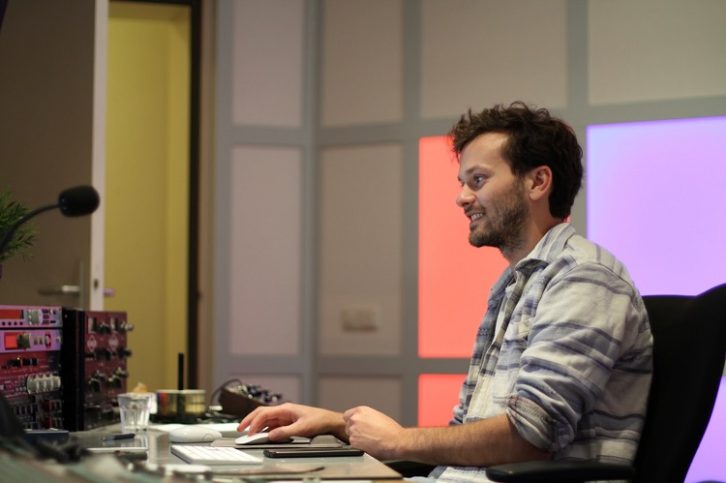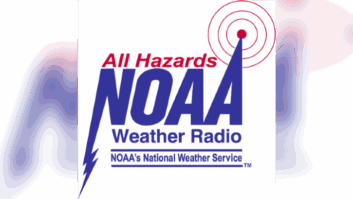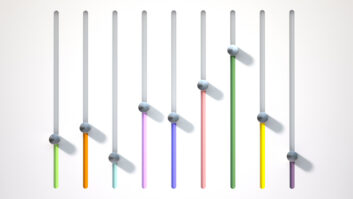
AMSTERDAM — Earforce is a recording studio that handles a range of tasks. We do mixing and post-production, and periodically record music for use in documentaries and other media.
In the past few years, however, podcasting has become a large part of our business. We produce the sound and make sure everything sounds beautiful, but we also help businesses and other podcasters develop content.
Our goal is to help our clients reach their audience, and also share the stories they want to tell.
As an audio engineer, my responsibilities have extended as we’ve gotten more into podcasting. I have always done a lot of recording and audio production, but these days I also produce podcasts and help write scripts, in addition to whatever else needs to be done.
Many of our podcasts involve interviews and other conversations that we need to record. When COVID hit in March, we had a whole string of podcasts that were cancelled because the country went into lockdown. Many of our podcasters were afraid to come to the studio, or their companies wouldn’t allow them to visit.
We obtained the Comrex Opal phone/IP audio interface because of the pandemic, and it has allowed us to continue producing content.
We use it to allow guests to call into a podcast from their laptops, and sometimes we’ll also record conversations over a connection between two Opal units. Additionally, we’ll use it to monitor voiceover recording for commercial and ad reads — it allows us and our customers to listen in high quality and give notes while our voiceover talent is recording.
Opal is about as easy as a solution like this could be to use. Basically, you just click on a link, then click “connect” and it works.
We still sometimes have difficulty getting interview guests to understand it, but we also have difficulty getting people to plug in their headphones. Nothing is truly foolproof. I have a routine where I remind people to check their connections and remind them to click the button, and even though some handholding is required, we can always eventually get it to work.
Opal helped us keep some of our podcasts recording, that would have otherwise been cancelled. We do a podcast with the pharmaceutical company Springer Healthcare called “The GP in Corona Times” (title translated from Dutch). We called general practitioners throughout the Netherlands using the Opal, and recorded their stories about COVID and their patients. The audio quality was significantly better than it would have been were we to use a phone or Zoom (or a similar streaming service). Our host was also connected to the studio from home with Opal. We couldn’t have produced it without that equipment.
I think Opal is definitely worth buying. The price point is low enough that it pays for itself. Good audio is so important — if you hear something in high quality, even if you don’t know anything about audio, it just feels better to listen to. Especially these days with everything going remotely, the Opal definitely comes in handy.
For information, contact Chris Crump at Comrex in Massachusetts at 1-978-784-1776 or visit www.comrex.com.
Radio World User Reports are testimonial articles intended to help readers understand why a colleague chose a particular product to solve a technical situation.







